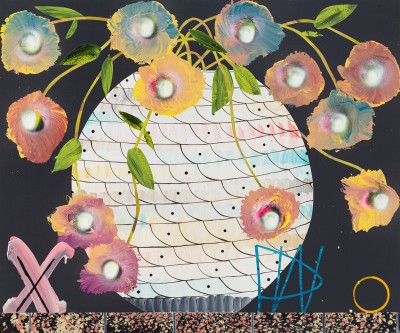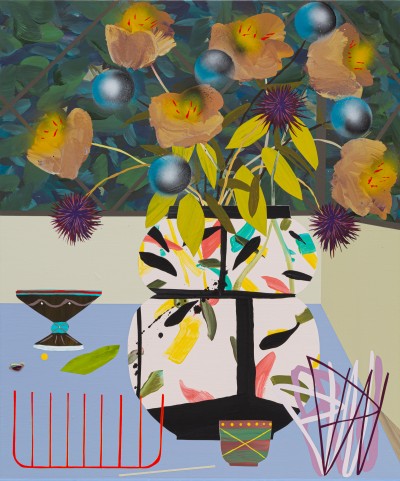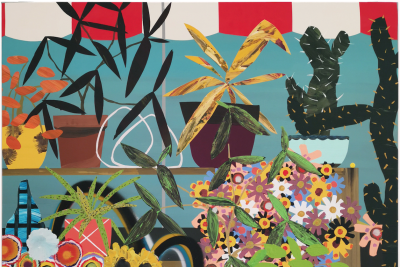Paul Wackers
IN A HOUSE OF SHIFTING FORMS
–
Alice is happy to present a new series of paintings by Paul Wackers for his 4th solo exhibition at the gallery.
**“IN A HOUSE OF SHIFTING FORMS” **
In this exhibition, Paul Wackers presents a series of still lifes in which flowers and shelves are fused into strange and enigmatic forms.
The works exemplify some of the most enduring themes in his oeuvre - intimate landscape, plants and colored artifacts - while also revealing fresh creative impulses and subtle but significant shifts in his pictorial practice.
Born 1978 in New Haven, Connecticut, lives and works in Brooklyn, New York He received a BFA from Corcoran College of Art and Design in Washington, DC, and an MFA from the San Francisco Art Insitute. In San Francisco, he shows with Eleanor Harwood Gallery, in Brussels, Wackers exhibits with Alice Gallery. His works are included in the MIMA MUSEUM collection in Brussels, BE, and multiple corporate collections including Chevron Corporation, Fidelity Investments, Wellington Management, New York Presbyterian Hospitals, University of Texas Southwestern Medical Center, The West Collection, The Stanford University Medical Center Collection, Ellie Mae Corporate Collection, Cambridge Associates, LLC, San Francisco, CA, Pivotal, Washington, DC, Jacksonville MOCA (Florida), Capital Group, LA , Related Properties, NYC. His works are also held in numerous private collections around the world.
The New York based artist is first of all concerned with figurative painting, which he tends to slightly abstract. Pauls pictures are engaged in non-places, vegetable landscapes with bookshelves and window ledges, offering an insight in a parallel reality. Deserted spaces reflect an inner perception and remind the beholder of the still-life’s by the well-known Dutch classics e.g. Willem van Aelst.
The regular order of the objects seems to be maintained by the image. Cans, candleholder and empty vases fill up the interior. But at a second glance straight and twisty lines disturb the familiar impression. Formally the geometrical aspects of the composition subsist side by side to the organic elements. The traces of individual interpretation become visible on the plane canvas and on the wooden panel.
By this means the obscure inner impressions melt into the existing phenomena.











